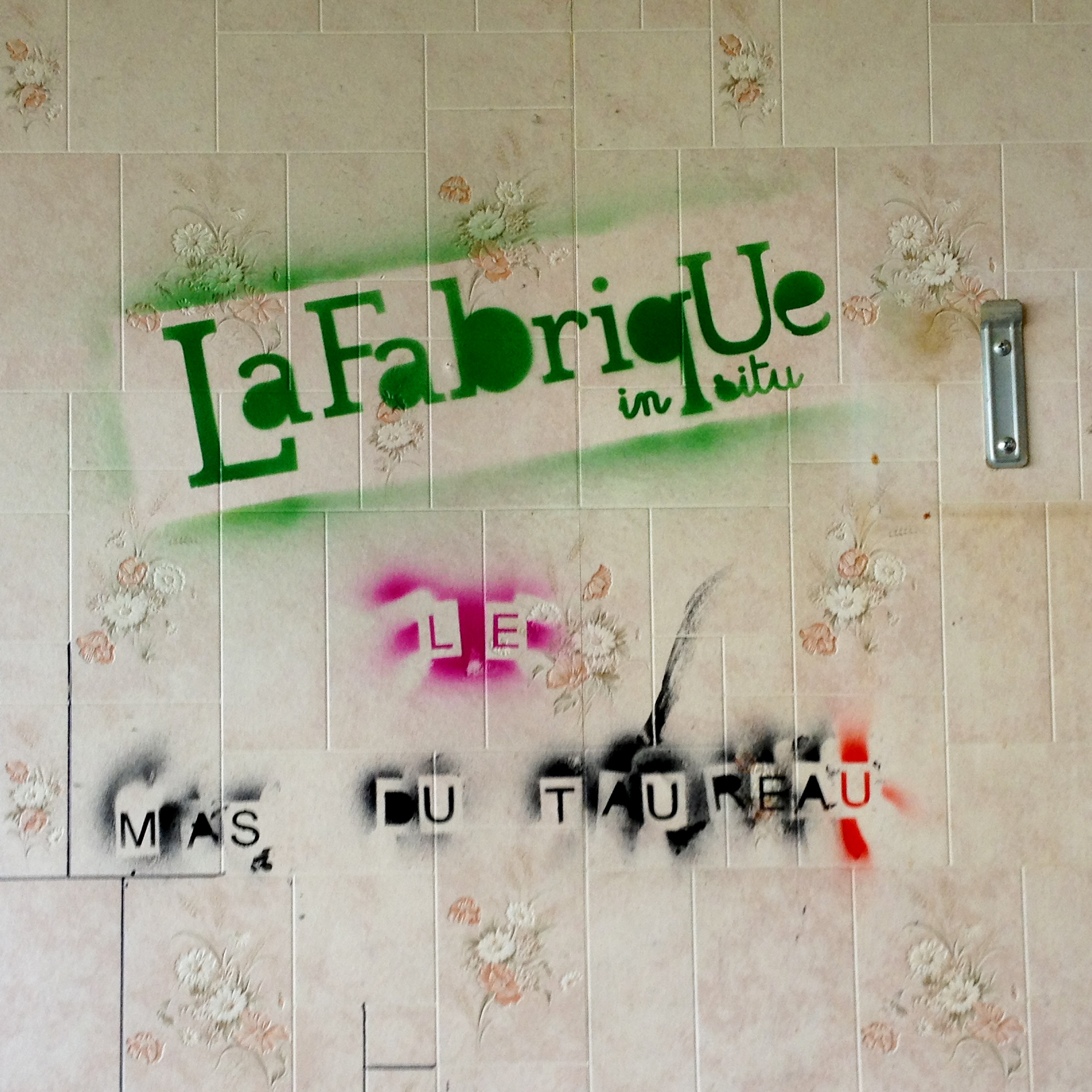Tools
Our workshops are moments of collective creation, which bring people together in numbers large and small. They offer a way for the different stakeholders involved in a project to convey contrasting points of view and share their skills and knowledge. These are enjoyable and social occasions, sometimes quirky and unpredictable, where participants always feel comfortable and at ease.
« You can draw a map on a wall, conceive of it as a work of art, construct it as a political action, or as a meditation » Deleuze & Guattari, Rhizome (1976)
The maps that we make might describe a landscape, a territory, or a system of organisation. Drawing what binds us together on the earth, to each other, is a way of enabling us to understand the world we live in. Our maps might be works in progress, sensitive, three-dimensional – or not. They are often created in workshops by multiple hands.
The maps that we make might describe a landscape, a territory, or a system of organisation. Drawing what binds us together on the earth, to each other, is a way of enabling us to understand the world we live in. Our maps might be works in progress, sensitive, three-dimensional – or not. They are often created in workshops by multiple hands.
Some of our projects evolve into the production of “editions”. Photographic editions, guides, films or websites produced in workshops document our activities as well as the sites where they take place. Their purpose is to make these projects and their results sharable through being disseminated more widely, and we are always on the lookout for partners to publish and distribute them, like Editions Apogée and the internet media company KuB.
Our events are deeply enjoyable, joyous and collective experiences, designed collaboratively and bringing together different artists. These opportunities for encounters and gatherings offer us a large format to display the dynamic behind the projects we are working on.
Our fictions are anchored in the places where our projects take place, and offer us a means to open these places up to multiple possibilities, to invent new tales to enrich our perception of reality, and to act concretely in and on the world. The reality they invent is drawn from reality itself, and the stories we create enable us to implement ideas to imagine a shared future.
Prototypes are a means of testing ideas about how to use space and place, of imagining planning layouts and activities that might take place in the sites that are being transformed. These ideas, lightly sketched out and simple and fast to set up, explore the temporality of the project (always too long for residents), bringing the places to life and highlighting their place in the landscape.
Our journeys, which can be walks, cycle rides or boat trips, are designed to enable participants to explore and survey the region. These collective explorations are a way of creating a shared knowledge, and sometimes a few blisters too. They allow us to understand how these places have evolved and to imagine their future. They are also powerful shared experiences which create strong bonds between those who take part.
The journeys have been designed in collaboration with Léa Muller, Itinérances and Guénolé Jézéquel. They are in keeping with the age-old tradition of cross-country walking, the relationship between the body, the landscape and weather, which has its roots in ancient traditions and has inspired many artists and walking groups, notably Voyage métropolitain.
The journeys have been designed in collaboration with Léa Muller, Itinérances and Guénolé Jézéquel. They are in keeping with the age-old tradition of cross-country walking, the relationship between the body, the landscape and weather, which has its roots in ancient traditions and has inspired many artists and walking groups, notably Voyage métropolitain.
The studies we undertake explore issues around art in public spaces and cultural urbanism. These studies are a useful tool for the organisations that commission our work, enabling us to both provide documentation and share the fruits of our experience in order to work with the commissioning bodies to define frameworks of actions and implementation. The studies offer us a means of sharing our detailed knowledge of public commissions for projects that are often hybrid and require bespoke conception and design.






















































































